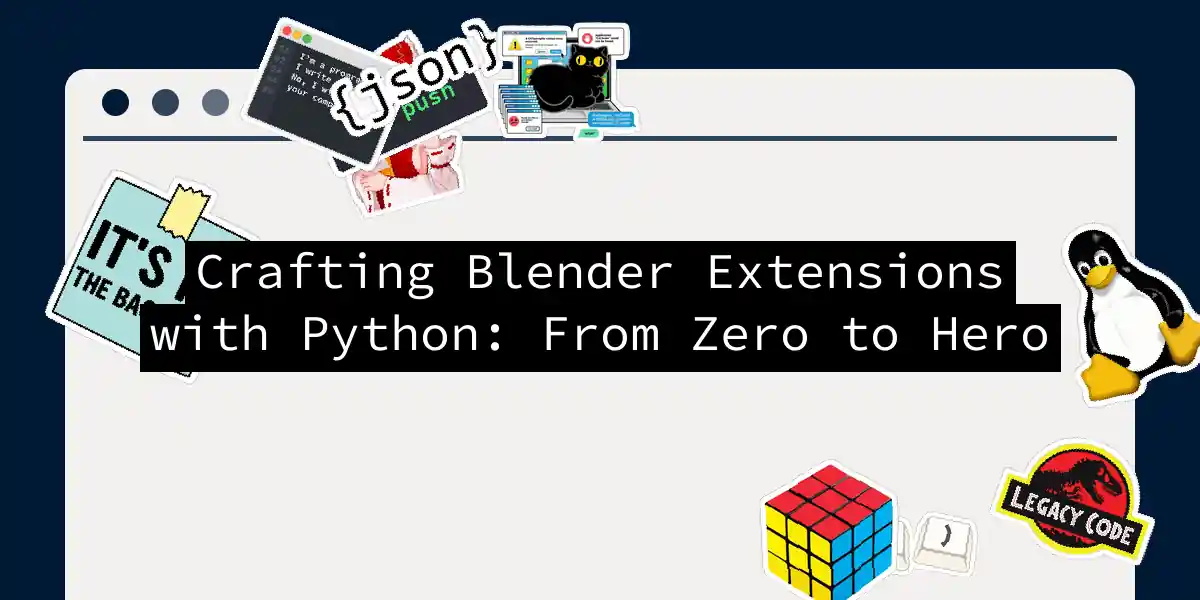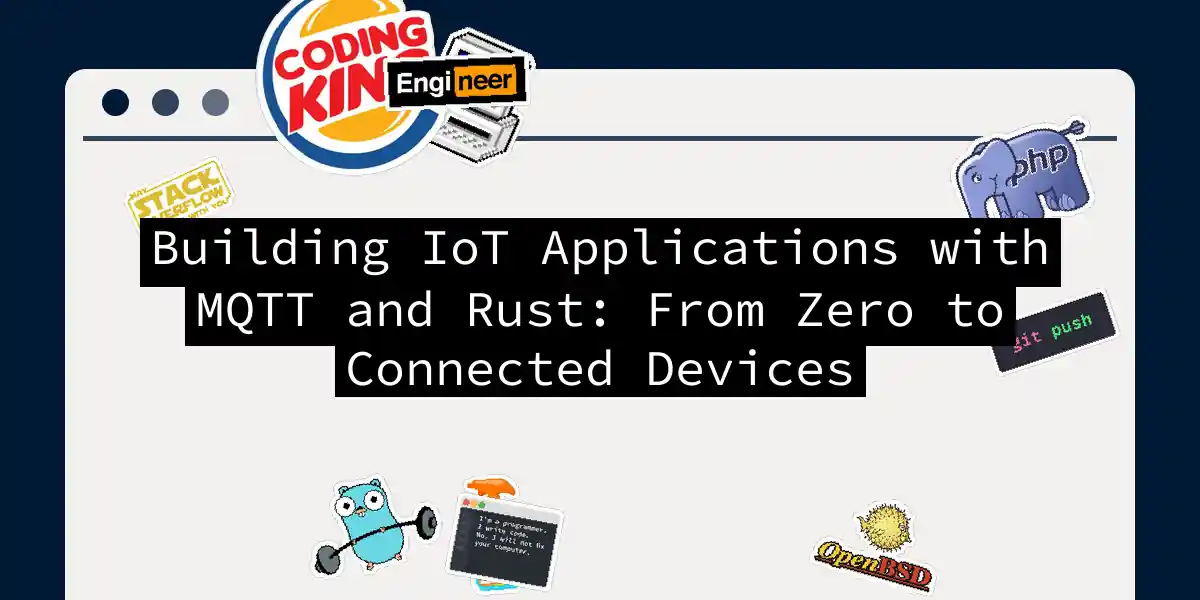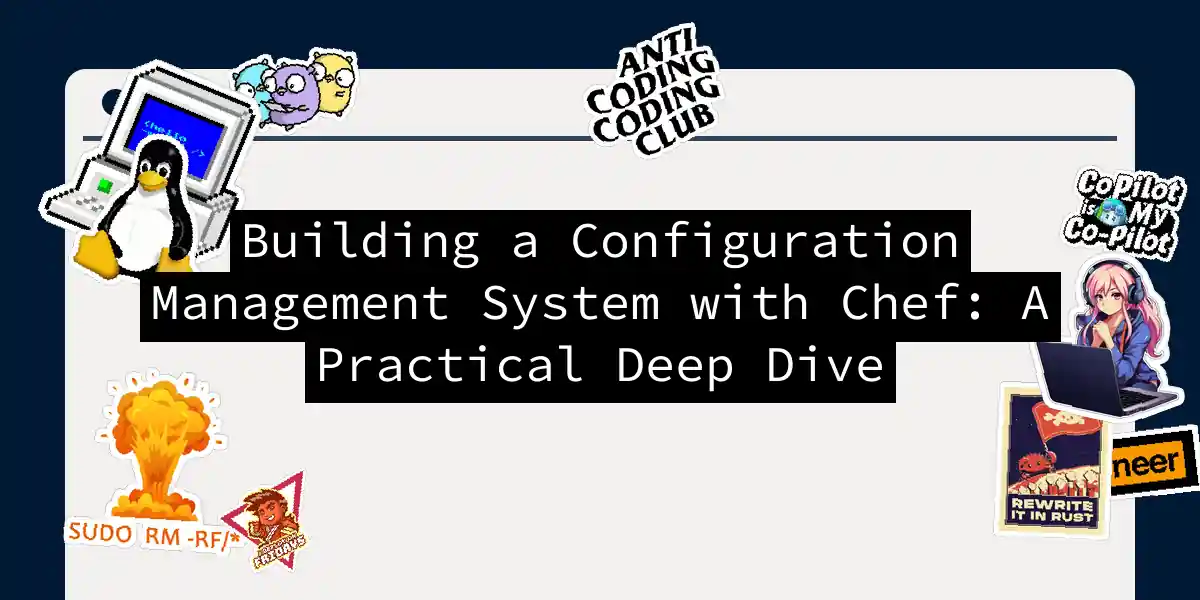
Why Most Developers Shouldn't Write Their Own CI/CD Tools
Building a CI/CD pipeline from scratch sounds like a rite of passage for ambitious engineers. That thrilling moment when someone says, “We could just build our own tool—it can’t be that complex!” Usually follows a demo of some enterprise CI/CD platform with a price tag that makes everyone’s eyes water. But here’s the thing: that gut feeling that tells you to build it yourself? It’s your imposter syndrome talking, not your engineering instinct....



